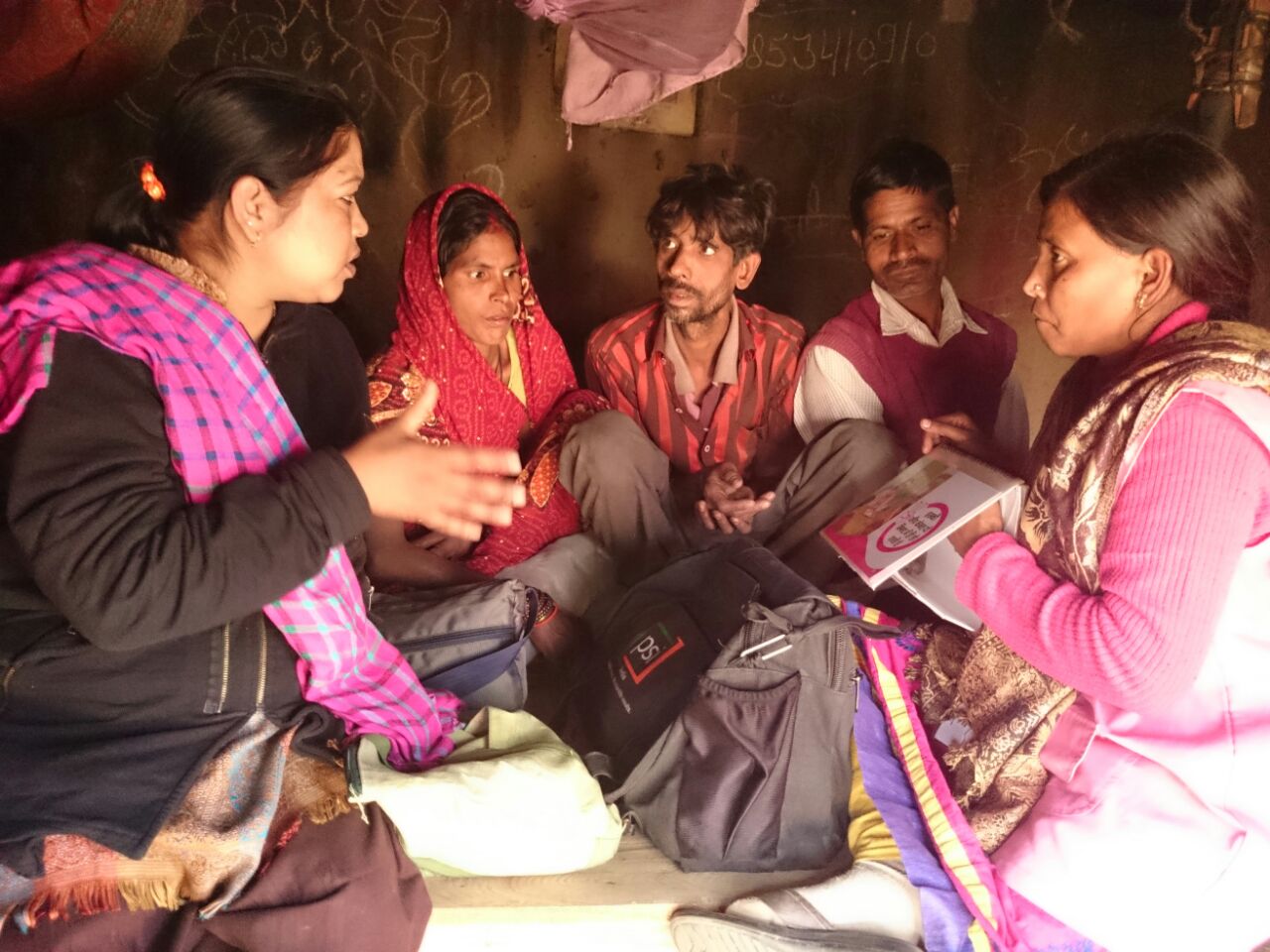About Cervical Cancer
Cervical cancer remains a global killer of women lacking access to basic health services. Human papillomavirus (HPV) is the most common sexually transmitted infection in the world, infecting 80% of all adults at some point in their lives. In a small number of cases, HPV lingers in the body and causes precancerous lesions in the cervix. If untreated, these lesions may progress to cervical cancer.
Almost 342,000 women died from cervical cancer in 2020, although it is a highly preventable and treatable disease.

Cervical cancer can be simply and effectively prevented in a number of ways:
HPV Vaccine
The HPV vaccine is a safe, effective vaccine administered to girls, and boys, typically between the ages of 9-12. The vaccine protects against cervical cancer and other types of cancers caused by HPV
Screening for Precancerous Lesions
It is important to screen women regularly to identify precancerous lesions on the cervix before they develop into cancer. While visual inspection of the cervix is often used in low-resource settings, highly effective HPV DNA tests can more accurately identify the presence of HPV that may cause precancerous lesions, and visual inspection using machine learning is also an exciting new approach. In some countries, pap smears are also used.
Treatment of Precancerous Lesions
If precancerous lesions are identified, they should be removed as soon as possible. Thermal ablation to remove lesions is low-cost, fast, and effective, although some health care providers may use cryotherapy. Women with more advanced lesions, or lesions that enter the endocervix, may need Loop Electrosurgical Excision Procedure (LEEP) or other treatments, which are typically available at district or regional hospitals.
Treatment of Cervical Cancer
Scaling up screening and treatment programs ensures that fewer women will develop cervical cancer. Unfortunately, until we achieve population-wide access to prevention tools, some women will present with invasive cancers. Without treatment – in the form of radiotherapy, chemotherapy or surgery – cervical cancer causes a painful death. It is important to ensure that access to cancer treatment is available for the women who need it.
We can’t let women continue to die of this preventable disease. TogetHER understands what works and has partners ready to quickly and effectively implement solutions.
- Learn more about the solutions to the global cervical cancer epidemic.
- Learn more about cervical cancer’s global burden.
- Meet TogetHER’s partners.
